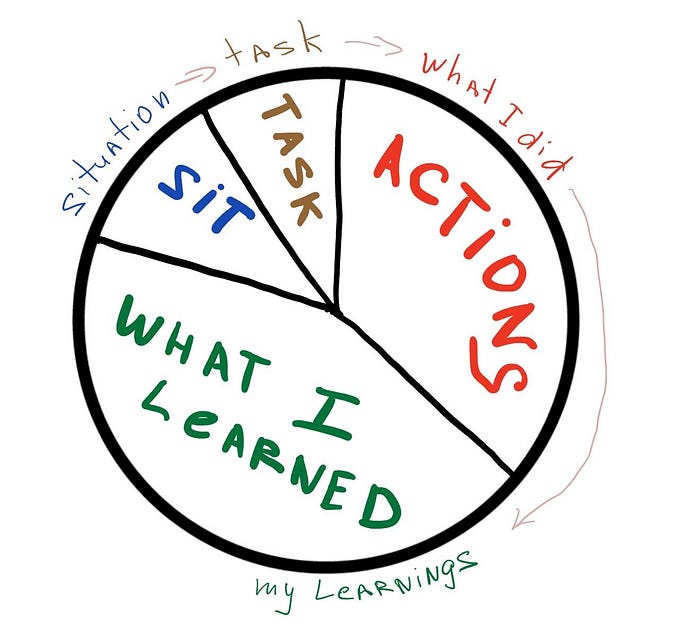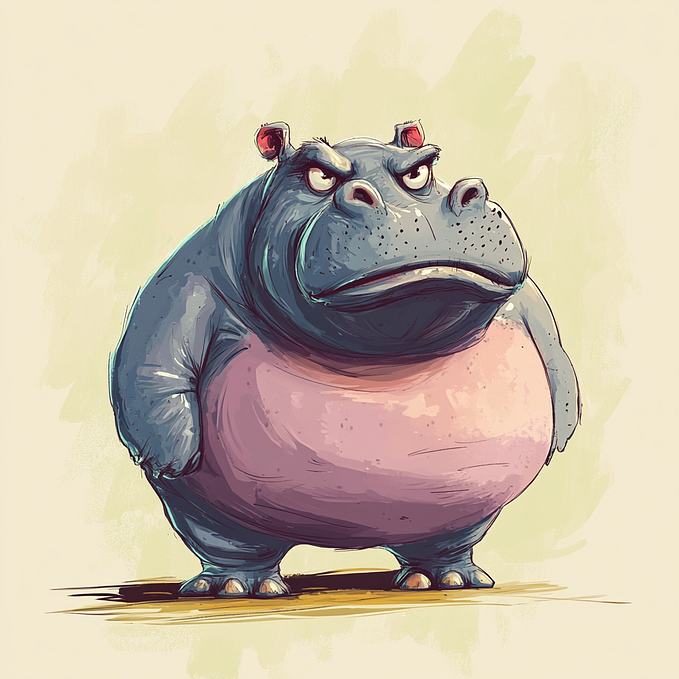
What matters for the Design Practice
Design jobs are not Design Practice
A quick experiment. Go to any job search website [there are many like linkedin.com/jobs, glassdoor.com and careerbuilder.com] and look for design related jobs.
You might find a diversity of titles and roles, like ‘digital designer’, ‘product design engineer’, ‘user experience designer’, ‘service designer’, ‘design consultant’, ‘UX specialist’, ‘marketing manager (+ design)’, ‘solution architect’, ‘graphic designer’ to name a few. The scope of these roles surely covers a lot of ground and, as you might expect, requires a variety of serious technical skills.
But in reality, these roles do not define what the Design Practice is, which goes beyond them in a subtler and deeper way.
The Design Practice is about the thoughtful navigation of complex challenges [and wicked problems] with a bias towards the development of solutions. It, therefore:
- involves a wider range of roles/jobs
- and requires mixing, what Harold Nelson and Erik Stolterman [book: The Design Way] brilliantly defined as, the True, the Real, and the Ideal

The True can be represented as scientific theories, the universal laws, proven principles. It comes from patterns of accurate descriptions, and explanations, through controlled observation. The True can also come from careful abstract reasoning and logic.

The Real consists of experiences, the ultimate particular, an individual’s perspective. It is the result of particular actions, contexts, and time, the experienced reality. To be comprehended, the Real requires more than rationality; intuition, sensing, and an [inner] propensity to connect and make sense of things are crucial.

The Ideal is the desiderata, what is considered to be desirable as an outcome, the foreseen and imagined reality that motivates change and breaks the inertia that keeps us where we are. The Ideal often consists of idealistic desires and unrealistic goals, to which the Design Practice might get us close.
While a lot of discussions focus on how to care for the True and the Real, integrating thinking with intuition, all that stuff of joining left and right sides of the brain, and dealing with the complexity of the real world, not much is talked about the Ideal.
Have a good Ideal
An evil or neglected Ideal leads to a perverse or misleading Design, that leads to a worse or not good reality.
The examples are numerous:
- smart minds were and still are applied to design devices of oppression, like guns and torture mechanisms
- marketing campaigns still promote the pursuit of a ‘perfect’ body, that results in physical and psychological unhealthy behaviors
- AI [Artificial Intelligence] algorithms reinforcing our historical prejudices [others here: The Biggest UX Challenges Of 2017]
- ‘Dark patterns’ in many services [The year Dark Patterns won]
- and many more
I personally do not believe that design related job descriptions will suddenly get better in explaining these perspectives.
But I strongly believe, no matter in what job/role we are, in our potential to guide our Design Practice by positive, well-thought-out, and well-chosen Ideals, and in the great outcomes of walking this talk.
Be an agent of good Design.
Hit 👏 if you liked it!
Press and hold 👏 if you liked it a lot. :)
I work with organizations to make innovation happen.
To keep updated, follow me on Medium.
For projects and education, you can find me on LinkedIn, my website, or max@yogoro.me.


![À procura do design excelente [1/2]: Princípios de Design](https://miro.medium.com/v2/resize:fit:679/1*VtxMEeFbZA4XoSf7sChRKw.png)


![The pursuit of great design [2/2]: Designing](https://miro.medium.com/v2/resize:fit:679/1*TnjIuxSCdzcTTq4w86NMlg.png)





